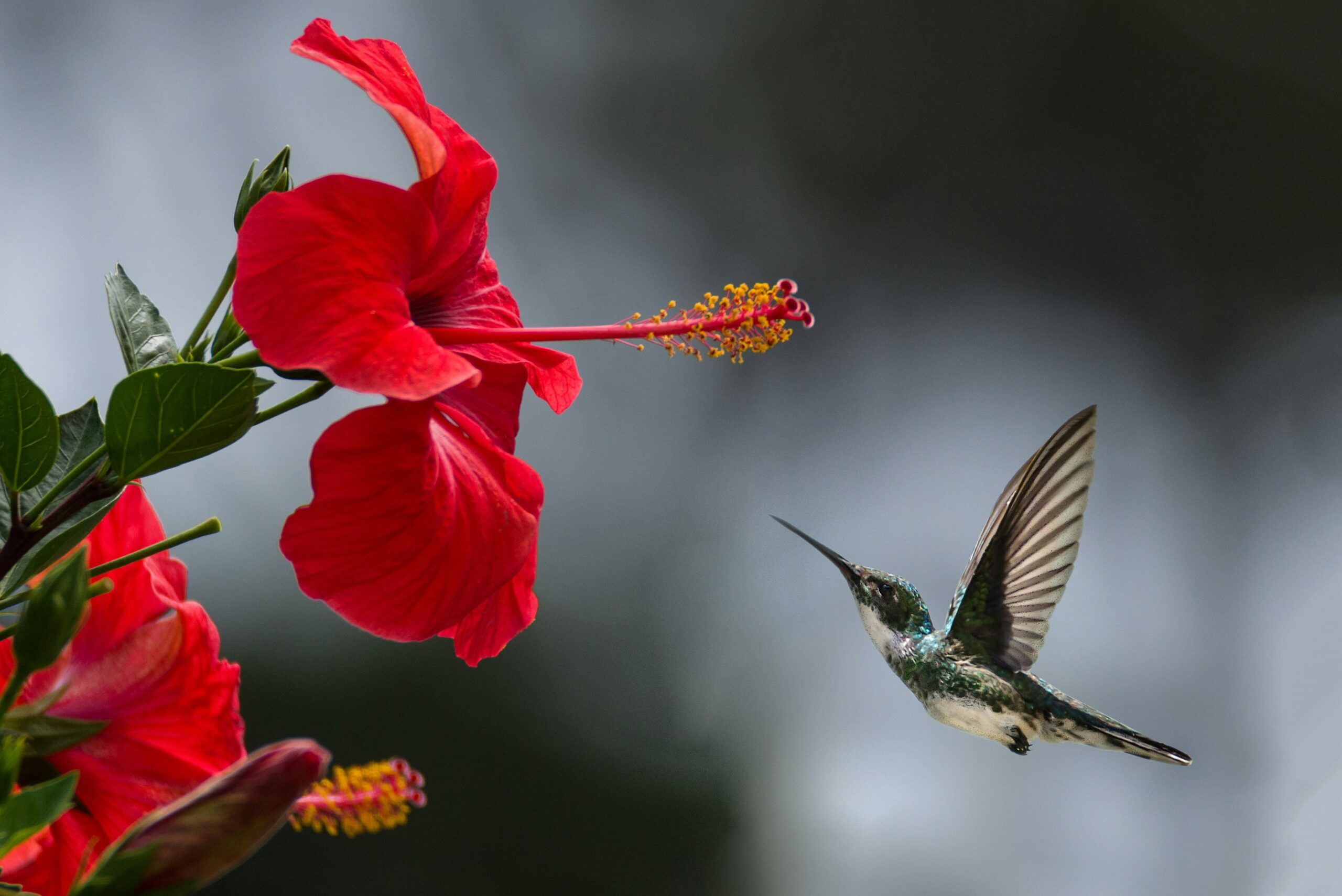- HUMOR
The 55 Very Best Dentist Jokes


Hummingbirds are remarkable creatures known for their vibrant colors and incredible flying abilities. As winter approaches, many bird enthusiasts wonder where these tiny birds go to escape the cold. Hummingbirds migrate thousands of miles each year, seeking warmer climates to survive the winter months. Understanding their migration patterns, destinations, and survival strategies can help bird lovers support these fascinating birds during their journeys.
During winter, most North American hummingbirds migrate to warmer regions, primarily in Mexico and Central America. The Ruby-throated Hummingbird, the most common species in the eastern United States, typically travels from breeding grounds in the U.S. down to Mexico. Other species, such as the Rufous Hummingbird, migrate along the Pacific Coast, often reaching central Mexico. Their migration is not just a simple journey; it is a complex behavior driven by environmental changes and food availability.
Hummingbird migration is a fascinating phenomenon influenced by various factors, including temperature, daylight duration, and food sources. As days grow shorter and temperatures drop, these birds instinctively prepare for their long journey south. They rely heavily on their acute sense of navigation, which is thought to be aided by the Earth’s magnetic field and the position of the sun.
Several hummingbird species are known for their migratory behavior. The most notable include:
Hummingbirds typically migrate to regions that provide a reliable food supply and milder temperatures. The primary wintering grounds include:
These regions offer an abundance of flowering plants that provide the nectar essential for their survival during winter.
The distance hummingbirds travel can vary significantly depending on the species. For instance, the Ruby-throated Hummingbird may cover approximately 3,000 miles during its migration from North America to Mexico. Other species, like the Rufous Hummingbird, may travel similar or even greater distances along the Pacific Flyway. Their remarkable endurance and navigation skills allow them to make this challenging journey annually.
Hummingbird migration typically occurs in the fall, with most species departing their breeding grounds between late August and early October. The exact timing can vary based on geographic location and environmental conditions. In the spring, they return to their breeding grounds, usually arriving between late March and early May, as temperatures rise and food sources become more plentiful.
While most hummingbirds migrate south for the winter, some species can be found overwintering in the southern United States. The Anna’s Hummingbird, for example, is known to remain in California and parts of the southwestern U.S. throughout the winter months. These birds have adapted to milder climates and can find sufficient food sources, enabling them to survive the colder months without migrating.
Survival during winter is a significant challenge for hummingbirds, primarily due to the scarcity of food. They have developed several strategies to cope with these conditions:
Torpor is a state of deep sleep that allows hummingbirds to conserve energy during cold nights. By lowering their metabolic rate and body temperature, they can survive extended periods without food. This adaptation is crucial for their survival in harsh winter conditions.
Hummingbirds rely heavily on nectar from flowers for energy. During migration, they seek out abundant food sources, including:
Bird lovers can play a vital role in supporting migrating hummingbirds. Here are some practical tips:
Keep hummingbird feeders filled with a sugar-water solution (1 part sugar to 4 parts water) during migration periods. Clean the feeders regularly to prevent mold growth and fermentation.
Planting native flowering plants that attract hummingbirds provides a natural food source. Flowers such as salvia, columbine, and fuchsia are excellent choices.
Creating a safe environment with shrubs and trees can offer shelter for hummingbirds during their migration. Dense foliage can protect them from harsh weather and predators.
Understanding where hummingbirds go in the winter and how they migrate is essential for anyone interested in these captivating birds. By providing food, shelter, and awareness of their migration patterns, we can aid in their survival during this challenging time. Whether you’re a seasoned bird enthusiast or a casual observer, your efforts can make a significant difference in the lives of these remarkable creatures.